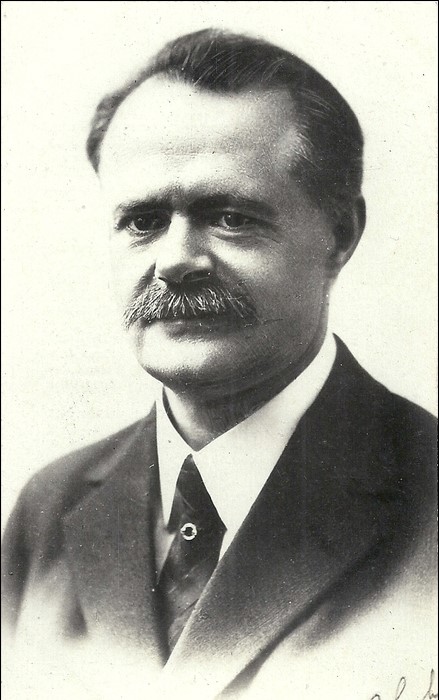|
Lebas
Lebas is a French surname. Notable people with the surname include: * Alain Lebas (born 1953), French sprint canoeist * Jean-Baptiste Lebas (1898–1944), French politician * Louis-Hippolyte Lebas (1782–1867), French architect *Philippe-François-Joseph Le Bas Philippe-François-Joseph Le Bas (4 November 1764, Frévent, Pas-de-Calais – 28 July 1794, Paris) was a French politician and revolutionary. Biography The son of a notary, intendant to the prince de Rache, avocat to the parliament of 1789, com ... (1762–1794) politician of the French Revolution {{surname, Lebas French-language surnames ... [...More Info...] [...Related Items...] OR: [Wikipedia] [Google] [Baidu] |
Jean-Baptiste Lebas
Jean-Baptiste Lebas (; 24 October 1878 – 10 March 1944) was a French Socialist politician, deputy to the National Assembly of France during the Third Republic, who served twice as minister under Léon Blum’s governments. He was mayor of Roubaix and member of the Resistance during World War II. First step in politics Jean-Baptiste Lebas is the son of Félicité Delattre and Jean-Hippolyte Lebas. He was born at home in a humble house in Roubaix, an industrial city where his mother was a housekeeper and his father a textile worker. A Republican under the Second Empire and a syndicalist, Jean-Baptiste Lebas's father was a socialist who had become member of the Parti Ouvrier Français (POF) at its foundation in 1880. Altogether, it was observable that Jean-Baptiste Lebas had been brought up in a working class family and steeped in a left-wing milieu in his birth town. In 1896, following his father at the age of eighteen, he joined the POF. In 1900 he wrote under the pen na ... [...More Info...] [...Related Items...] OR: [Wikipedia] [Google] [Baidu] |
Louis-Hippolyte Lebas
Louis-Hippolyte Lebas (31 March 1782 in Paris – 12 June 1867 in Paris) was a French architect working in a rational and severe Neoclassical architecture, Neoclassical style. Life and career He was trained in the atelier of Percier and Fontaine, the favoured architects of Napoleon. After Napoleon's exile he remained the assistant of Pierre François Léonard Fontaine, whose design for the sober Chapelle Expiatoire over the burial site of Louis XVI of France, Louis XVI and Marie Antoinette he oversaw in construction (1816-1824). He also assisted Éloi Labarre (1764—1833) in completing the Palais Brongniart (1813-1826), the seat of the Paris Bourse, named after its architect, Alexandre Brongniart. One of his best known works is the Parisian Church Notre-Dame-de-Lorette, Paris, church Notre-Dame-de-Lorette for which he was commissioned in 1823 and that completed in 1836.He is commemorated nearby with the rue Louis-Hippolyte Lebas, Paris IXe. He built the former La Roquette Pris ... [...More Info...] [...Related Items...] OR: [Wikipedia] [Google] [Baidu] |
